Introduction: Why Plumbing Mistakes Happen—and How to Avoid Them
Tackling plumbing projects yourself can save money and offer a tremendous sense of accomplishment. Yet, even the most well-intentioned DIYers often underestimate the complexity of plumbing systems. A single overlooked detail or improperly tightened joint can result in costly water damage, hidden leaks, or even hazardous conditions. Understanding the most common beginner mistakes is the first and most crucial step toward DIY plumbing success. In this comprehensive guide, we’ll highlight real-world examples of plumbing errors, explain why they happen, and provide professional solutions for avoiding and correcting them. Whether you’re fixing a leaky faucet, installing a new toilet, or tackling your first drain replacement, this post will empower you to work confidently and safely, prevent expensive mishaps, and ensure your efforts stand the test of time.
1. Overtightening Fittings: The Hidden Cost of “Extra Tight”
Why It Happens
Many beginners believe that the tighter the fitting, the better the seal. While snug connections are essential, overtightening can crack plumbing fixtures, deform threads, or strip nuts—leading to slow leaks or catastrophic failures.
Real Example
A homeowner replaced a leaking sink trap and, fearing future drips, used a wrench to crank the plastic slip nuts as tight as possible. Within days, hairline cracks formed, and water began seeping into the cabinet below, causing hidden mold growth.
How to Avoid & Fix
- Hand-tighten plastic fittings, then add a quarter turn with pliers.
- For metal fittings, use a wrench and stop once resistance is felt—never force further.
- If you suspect overtightening, disassemble and inspect for cracked components; replace as needed.
2. Skipping Plumber’s Tape (Thread Seal Tape): Small Omission, Big Leaks
Why It Happens
Thread seal tape, also known as Teflon tape, is essential for sealing threaded joints in metal pipes. Beginners often skip this step, assuming the threads alone provide a watertight seal.
Real Example
During a DIY showerhead installation, a homeowner simply screwed the new fixture onto the supply pipe. Days later, a persistent drip developed, staining the tile and leading to water waste.
How to Avoid & Fix
- Wrap thread seal tape clockwise (the same direction as the fitting will turn) three to four times around male threads before assembly.
- For gas fittings, use yellow gas-rated tape; for water, use white or pink tape.
- If you forgot the tape, unscrew the fixture, dry the threads, apply tape, and reinstall.
3. Using the Wrong Tools: When Improvisation Backfires
Why It Happens
It’s tempting to substitute household tools for plumbing-specific ones. Channel-lock pliers instead of a pipe wrench, or a regular screwdriver for a basin wrench—these choices can damage fixtures or fail to provide enough torque.
Real Example
A DIYer used adjustable pliers to loosen a rusted galvanized pipe. The jaws slipped repeatedly, rounding off the pipe and making future removal impossible without cutting.
How to Avoid & Fix
- Invest in a basic plumbing toolkit: pipe wrench, basin wrench, adjustable pliers, and tubing cutter.
- If you’ve rounded a fitting, use a pipe extractor or, as a last resort, carefully cut and replace the section.
4. Not Turning Off the Water Supply: A Flood in the Making
Why It Happens
Enthusiasm can lead beginners to start work before shutting off the water. This mistake is especially common with faucet or valve repairs, where supply lines are assumed to be “low pressure.”
Real Example
During a quick faucet cartridge replacement, a DIYer loosened the nut, only to be sprayed with water—flooding the vanity and damaging the bathroom floor.
How to Avoid & Fix
- Always locate and close the nearest shutoff valve before beginning any repair.
- If a valve is stuck or missing, turn off the main water supply to the house.
- After turning off water, open the faucet to relieve pressure before disassembly.
5. Incorrect Pipe Slope: The Cause of Recurring Drain Clogs
Why It Happens
Proper drain function depends on gravity. Pipes without adequate slope allow waste to settle, while excessive slope causes water to outrun solids, leading to blockages.
Real Example
After replacing a section of kitchen drain, a homeowner installed the pipe horizontally to fit the cabinetry. Within weeks, sluggish drainage and foul odors developed, requiring professional intervention.
How to Avoid & Fix
- Maintain a slope of 1/4 inch per foot on horizontal drain lines (check local codes for specifics).
- Use a level and tape measure during installation; adjust hangers or supports as needed.
- If you suspect improper slope, rework the affected section to correct the angle.
6. Mixing Incompatible Materials: When Pipes Don’t Play Nice
Why It Happens
Modern homes often contain a mix of copper, galvanized steel, PVC, and PEX. Joining these without the correct transition fittings can lead to leaks, corrosion, or even toxic reactions.
Real Example
A DIYer used a standard brass fitting to connect new copper pipe to old galvanized steel. Months later, a pinhole leak developed at the joint due to galvanic corrosion.
How to Avoid & Fix
- Use dielectric unions when joining copper and steel to prevent corrosion.
- Consult manufacturer instructions and local code for approved transition fittings.
- If you notice corrosion or leaks, replace the joint with the correct connector.
7. Forgetting Air Chambers or Vents: The Shock of Water Hammer
Why It Happens
Plumbing systems need air chambers or mechanical arrestors to absorb shock when valves close quickly. Beginners removing or not reinstalling these can experience loud banging pipes, called water hammer.
Real Example
While renovating a laundry room, a DIYer capped off an old vent pipe, thinking it was unused. The washing machine then caused loud knocking noises after each cycle.
How to Avoid & Fix
- Never remove vent pipes or air chambers without understanding their function.
- If you hear water hammer, install a water hammer arrestor at the affected fixture.
- Restore capped vents or consult a plumber if unsure about their function.
8. Poor Soldering Technique: The Leaky Copper Joint
Why It Happens
Soldering copper pipes requires clean, properly prepped surfaces and the right amount of heat. Beginners often underheat joints, use too little flux, or move the pipe before the solder sets.
Real Example
Attempting to install a new hose bib, a homeowner heated the joint until the solder melted, but didn’t clean the pipe ends. The result was a slow drip that led to water stains on the siding.
How to Avoid & Fix
- Clean pipe and fitting with emery cloth or a wire brush until shiny.
- Apply flux evenly, heat joint until solder flows completely around the seam.
- Allow joint to cool naturally before handling.
- For a failed joint, cut out the section, clean, and resolder with fresh materials.
9. Overusing Drain Cleaner: Quick Fixes, Long-Term Damage
Why It Happens
Chemical drain cleaners promise fast results, but repeated use can corrode pipes, damage seals, and push clogs deeper into the system. Beginners often turn to these products before trying mechanical removal.
Real Example
After a slow kitchen drain, a DIYer poured commercial cleaner down the pipe weekly. Months later, the pipe began leaking at a joint eaten away by caustic chemicals.
How to Avoid & Fix
- Use a plunger or drain snake as your first line of defense.
- Reserve chemical cleaners for emergencies, and use sparingly.
- If pipes leak after cleaner use, replace the damaged section and switch to mechanical cleaning methods.
10. Neglecting Permits and Inspections: Shortcuts That Backfire
Why It Happens
DIYers sometimes underestimate the importance of local permits and inspections, especially for “minor” repairs or upgrades. Skipping this step can void insurance, cause compliance issues, or lead to costly rework when selling your home.
Real Example
After finishing a basement bathroom without a permit, a homeowner was forced to rip out finished walls when the uninspected plumbing failed during a home sale inspection.
How to Avoid & Fix
- Check with your local building department before beginning any major plumbing work.
- Schedule required inspections after completing rough-in and before closing walls.
- If you skipped permits, consult a professional to evaluate work and bring it up to code.
11. Failing to Test for Leaks: Don’t Trust Your Eyes Alone
Why It Happens
It’s easy to assemble new plumbing and assume all joints are tight. But even a barely visible drip can cause major damage over time. Beginners often forget to test every connection under pressure.
Real Example
After installing a new dishwasher, a homeowner ran one quick cycle and saw no leaks. Weeks later, a slow drip had warped the kitchen floorboards.
How to Avoid & Fix
- After completing work, pressurize the system and run water for several minutes.
- Check every joint with a dry paper towel or tissue—look for the slightest moisture.
- If you spot a leak, turn off water, tighten or reseal the joint, and retest.
12. Ignoring Manufacturer Instructions: Shortcutting Custom Components
Why It Happens
DIYers may skip reading instructions, assuming all components install the same way. But modern fixtures and fittings often have unique requirements for washers, seals, or torque values.
Real Example
Installing a tankless water heater, a novice skipped steps in the manual and used the wrong venting material. The result: a failed inspection and expensive replacement parts.
How to Avoid & Fix
- Read all included instructions before starting any installation or repair.
- Double-check required tools, materials, and safety notes.
- If something seems unclear, search for manufacturer videos or ask a pro.
- Correct improper installations promptly to prevent long-term issues.
Conclusion: Mastering DIY Plumbing—One Mistake at a Time
DIY plumbing offers a rewarding pathway to home improvement, but it’s a journey that requires knowledge, patience, and a willingness to learn from mistakes—yours and others’. By understanding the most common errors made by beginners, you can proactively avoid costly missteps that could lead to water damage, code violations, or even personal injury. Always remember to plan thoroughly, invest in the right tools, and never skip critical steps such as turning off the water, using the appropriate sealants, and testing for leaks. Take the time to study manufacturer instructions and consult your local building department for permitting requirements. Even seasoned professionals encounter unexpected challenges; what sets them apart is their systematic approach to troubleshooting and their commitment to best practices. If you run into a problem you can’t solve, don’t hesitate to call in a qualified plumber—knowing your limits is as important as knowing your pipes. With careful preparation and attention to detail, you can tackle most DIY plumbing projects confidently, safely, and with results you’ll be proud to call your own.
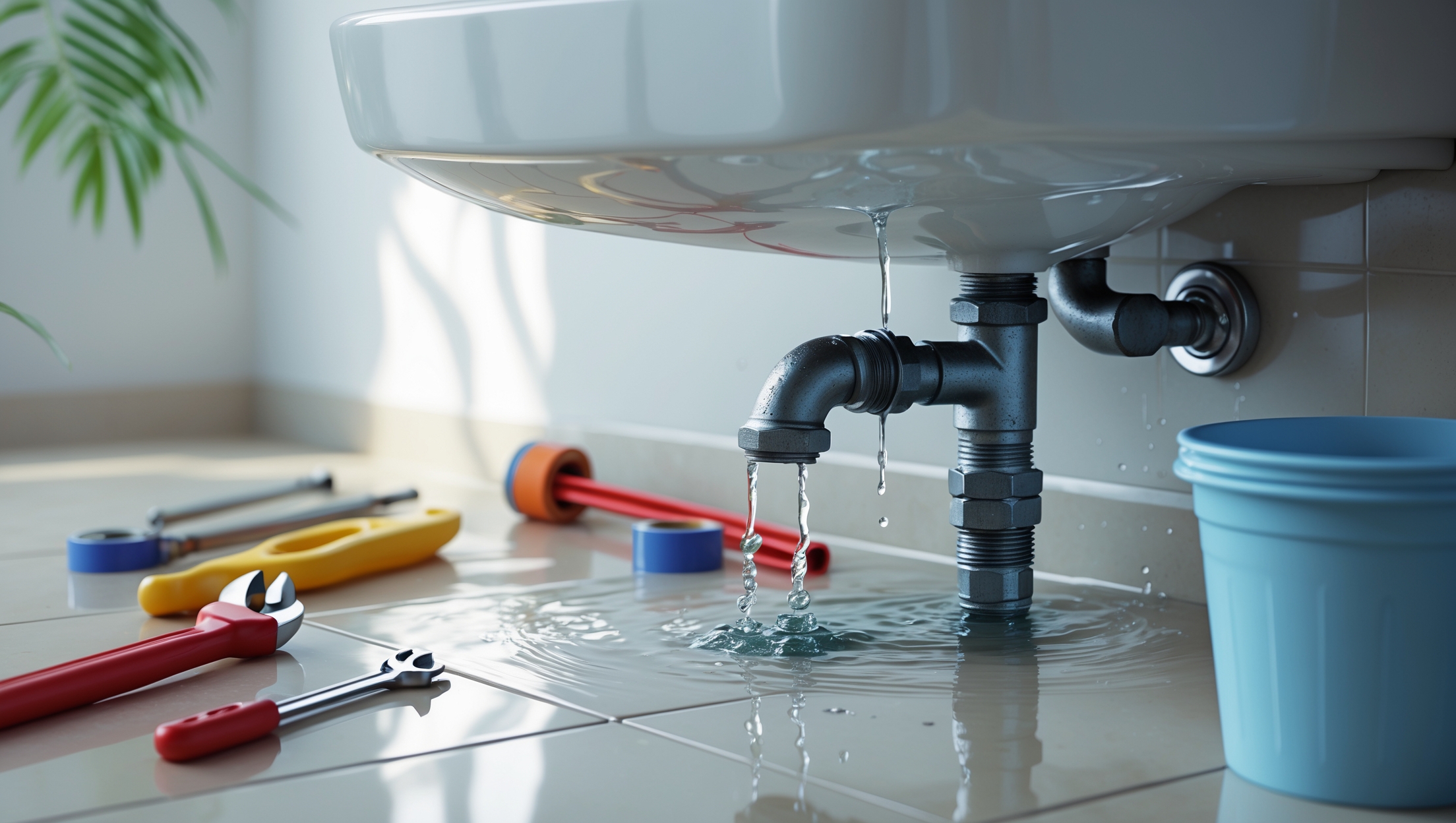



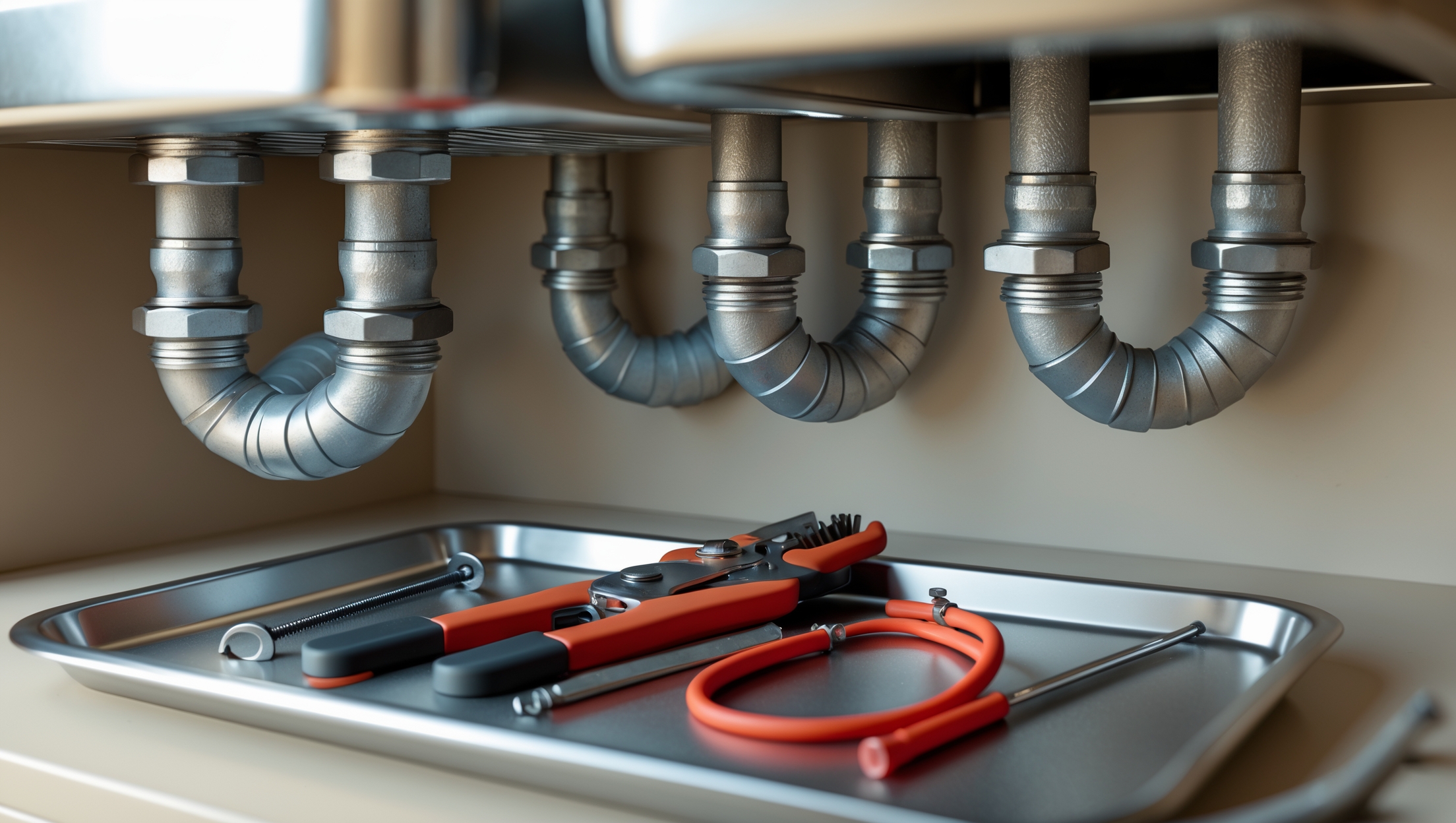
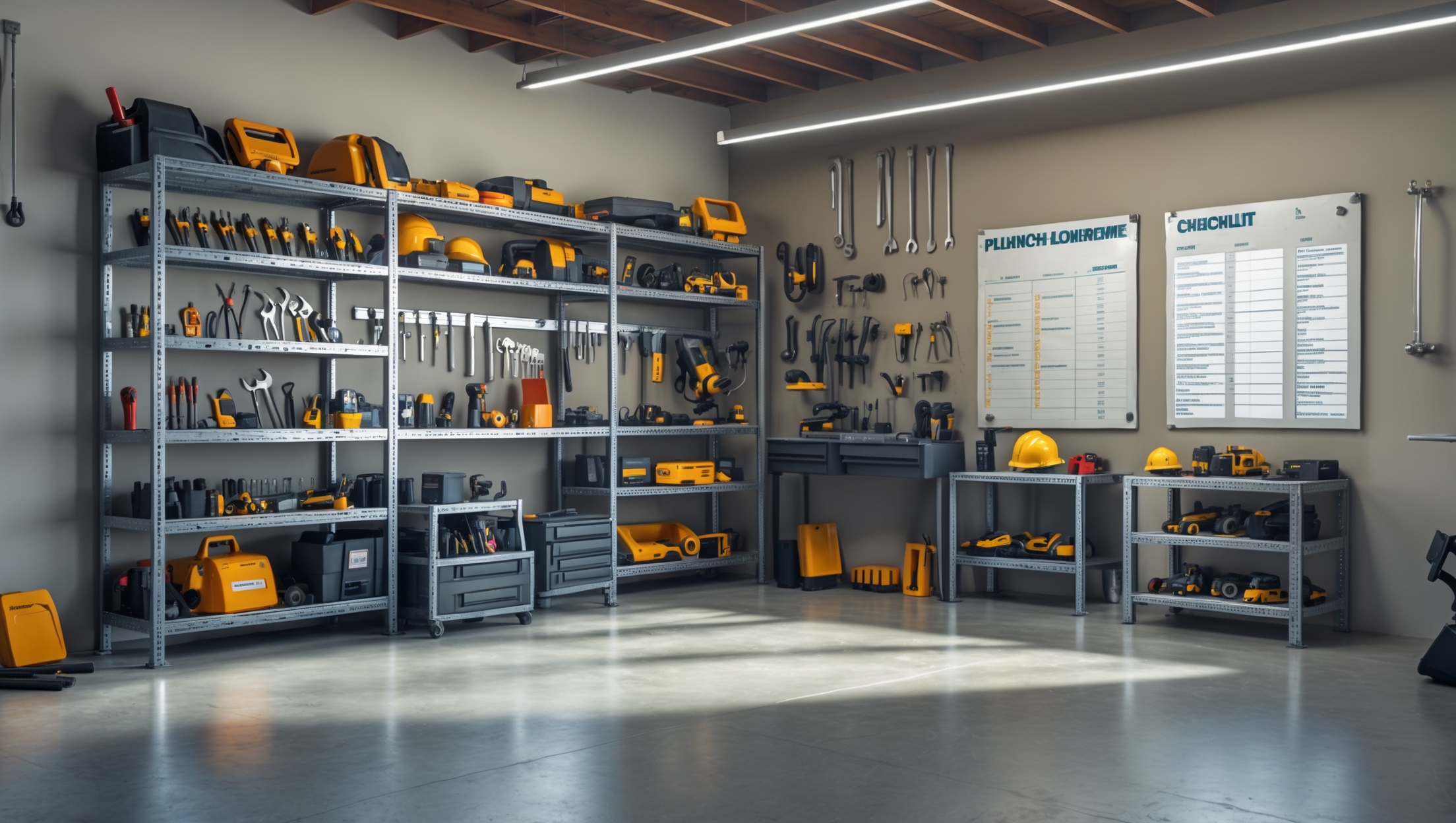


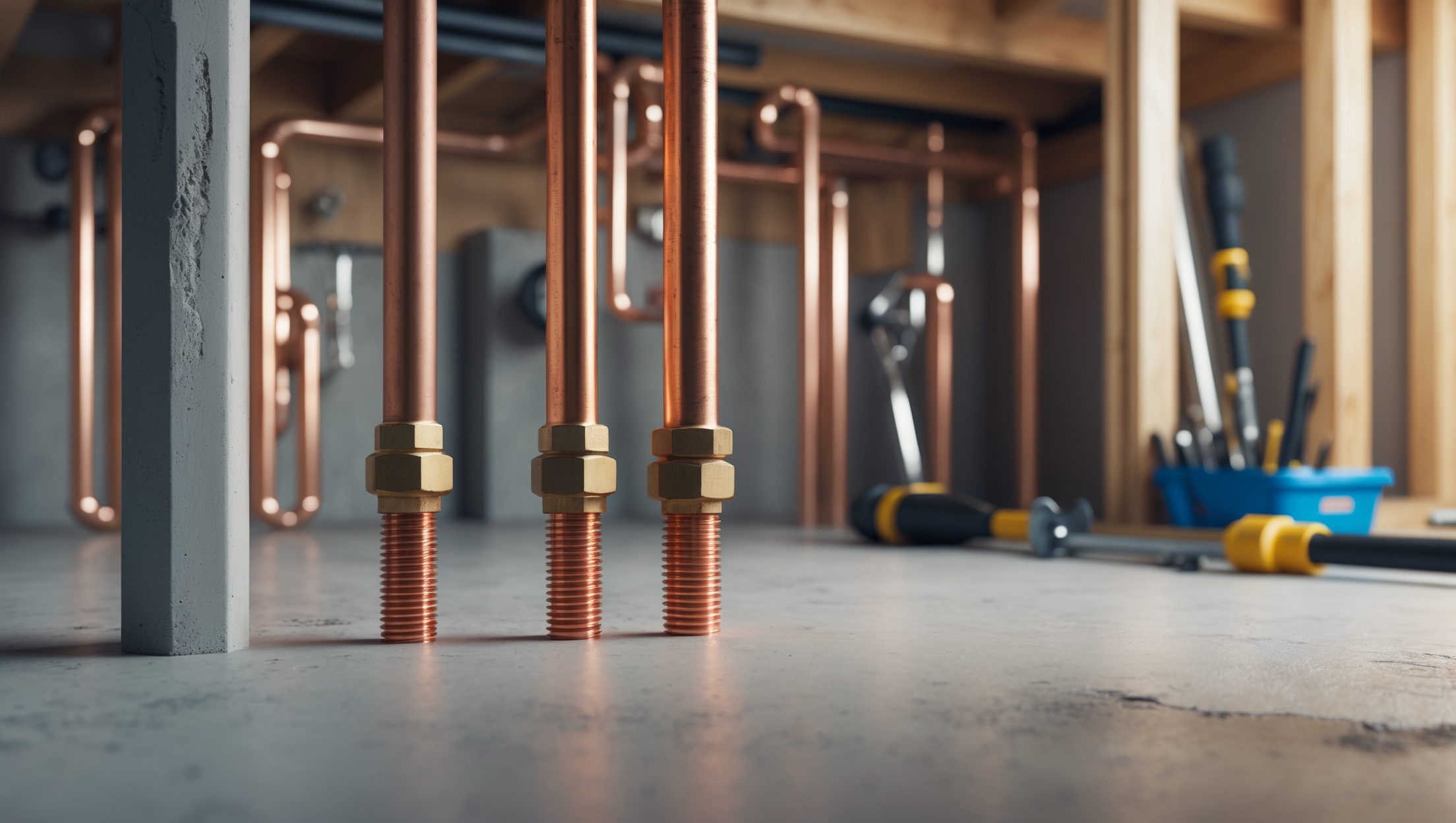
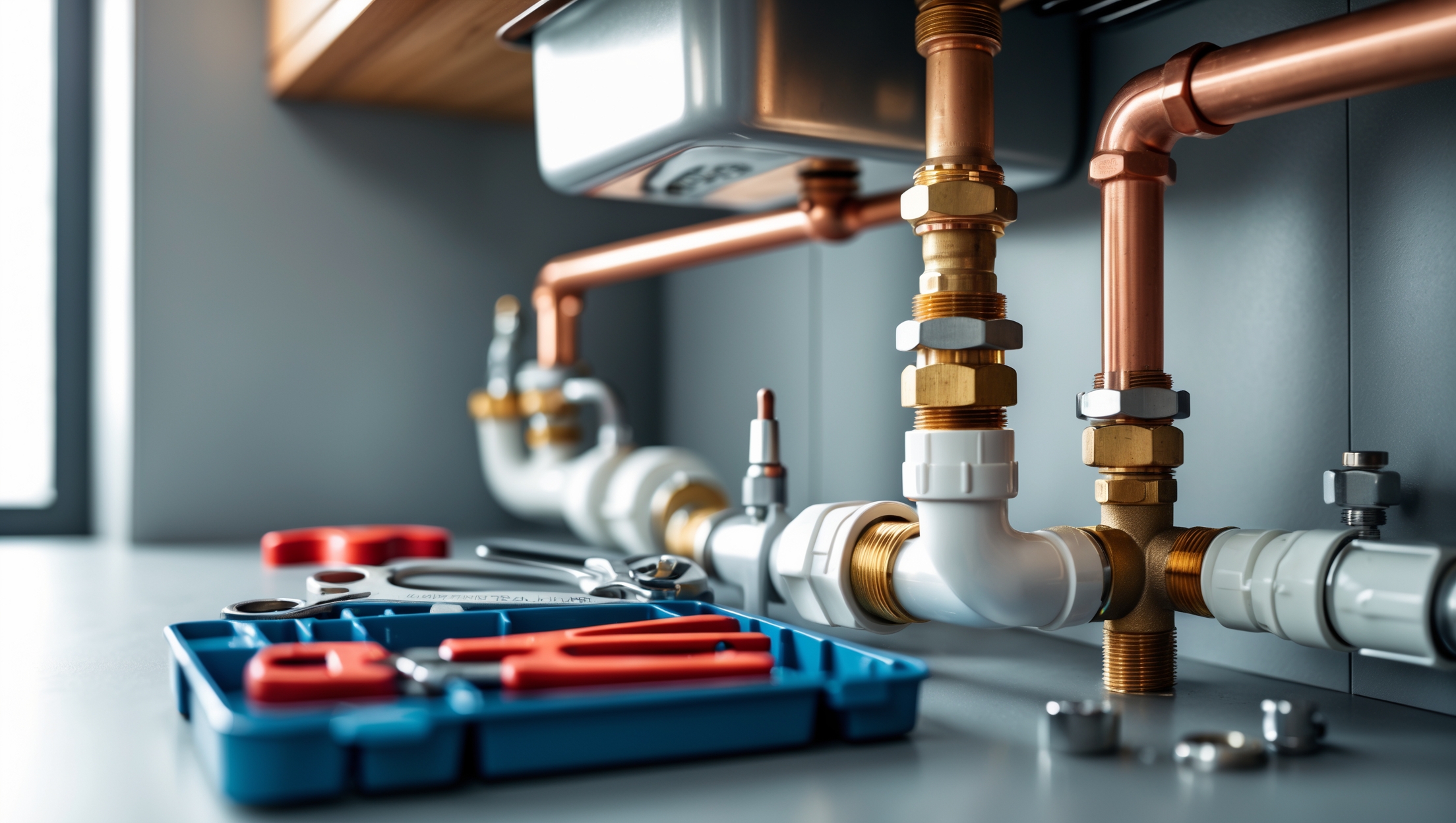
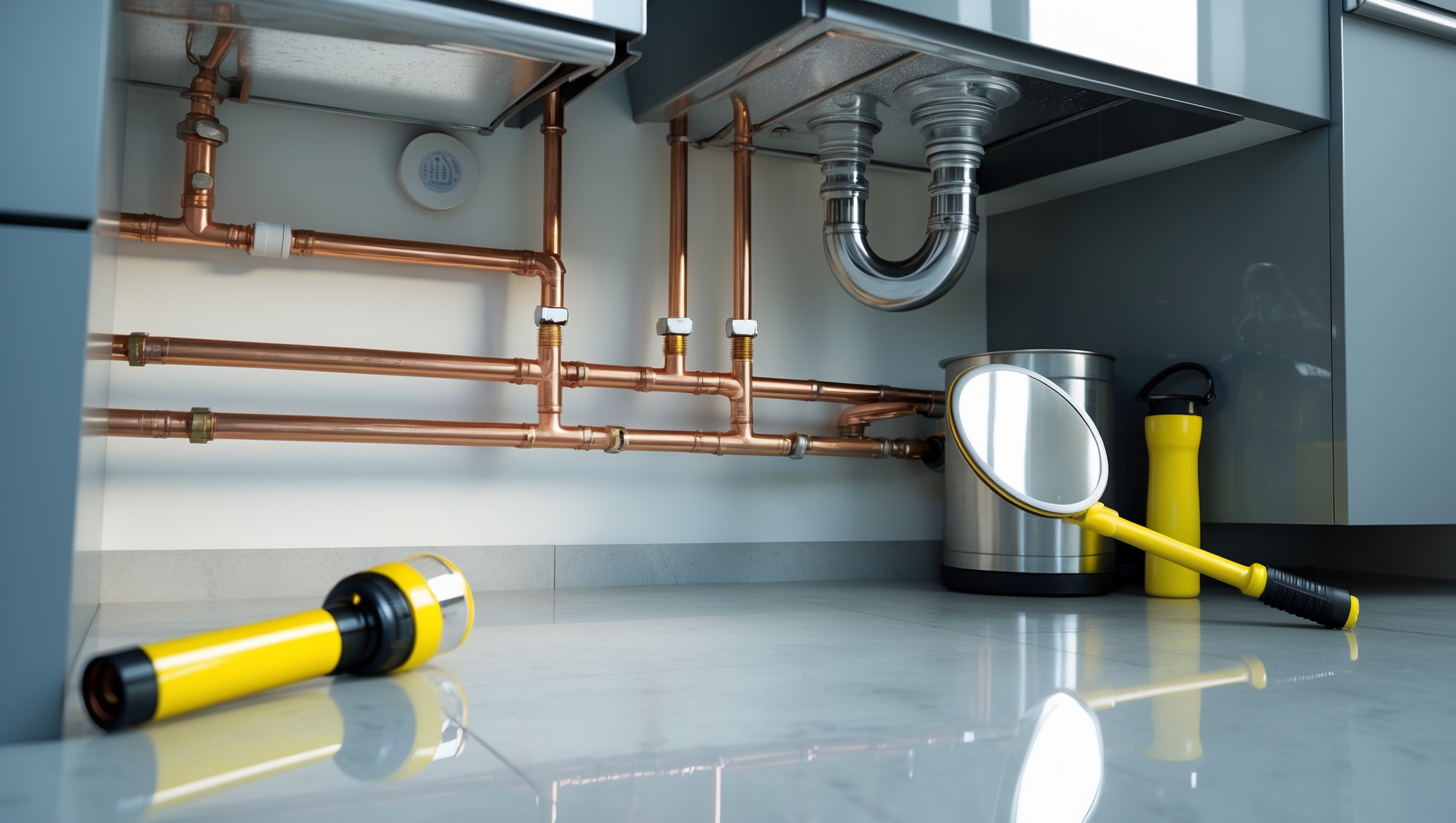
Mark Ramirez
In your point about overtightening fittings, you mention using a wrench only until resistance is felt. Is there a recommended torque value or specific guideline for how tight metal fittings should be, or does it really just come down to feel?